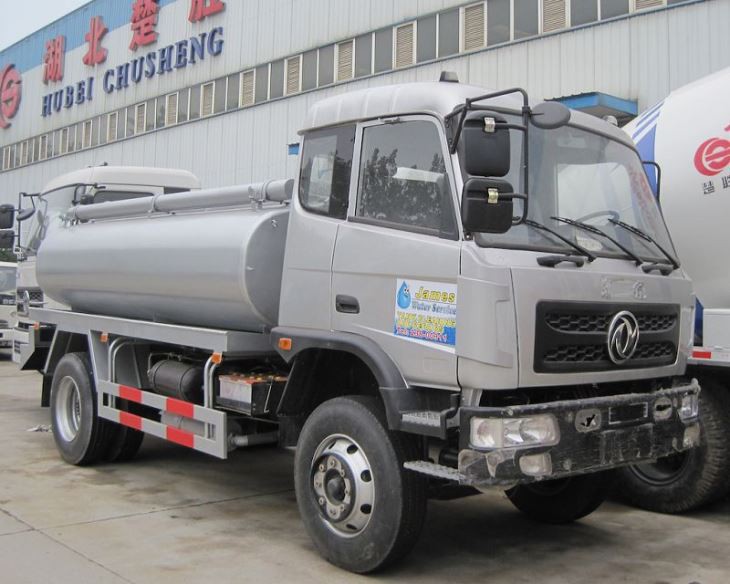Introduction
Oil tankers play a crucial role in the global economy by transporting crude oil and refined petroleum products across vast distances. Understanding the parts of an oil tanker is essential for anyone interested in maritime operations, shipping logistics, or environmental safety. This guide will explore the various components of oil tankers, their functions, and their significance in oil transportation.
1. Overview of Oil Tankers
1.1 Definition and Purpose
An oil tanker is a ship designed for the bulk transport of oil. There are different classes of oil tankers, including crude carriers and product carriers, each suited for specific types of cargo.
1.2 Types of Oil Tankers
- Crude Oil Tankers
- Product Tankers
- Liquefied Natural Gas (LNG) Carriers
- Liquefied Petroleum Gas (LPG) Carriers
2. Main Parts of an Oil Tanker
2.1 Hull
The hull is the main body of the tanker, providing structural integrity and buoyancy. It is designed to withstand harsh marine environments and is often made from high-strength steel.
2.2 Cargo Tanks
Cargo tanks are large compartments specifically designed to hold crude oil or refined products. These tanks are equipped with various safety and monitoring systems to prevent leaks and spills.
2.2.1 Types of Cargo Tanks
- Center Tanks
- Wing Tanks
- Slop Tanks
2.3 Deck
The deck is the horizontal surface on the top of the hull where various operations take place. It houses equipment such as valves, pumps, and cargo loading systems.
2.4 Engine Room
The engine room contains the machinery that powers the ship. This includes the main engine, generators, and auxiliary engines for various systems.
2.5 Bridge
The bridge is the control center of the tanker. It is where the captain and crew navigate the vessel and monitor its systems.
2.6 Bow and Stern
The bow is the front part of the ship, while the stern is the rear. Both sections are crucial for navigation and stability while underway.
3. Safety Features of Oil Tankers
3.1 Double Hull Design
Many modern oil tankers feature a double hull design, which adds an extra layer of protection against leaks and spills in case of an accident.
3.2 Ballast Systems
Ballast systems help maintain the tanker’s stability by adjusting its weight and balance in the water. This is especially crucial when the cargo tanks are not full.
3.3 Emergency Response Equipment
Oil tankers are equipped with emergency response equipment, including containment booms, fire extinguishers, and rescue boats to address potential accidents.
4. Cargo Loading and Unloading Systems
4.1 Loading Arms
Loading arms facilitate the transfer of oil from the terminal to the tanker’s cargo tanks. They are designed to minimize spills during the loading process.
4.2 Pumps
Pumps are vital for transferring oil into and out of the cargo tanks. They must be robust and efficient to handle large volumes of liquid.
4.3 Monitoring Systems
Modern oil tankers are equipped with advanced monitoring systems that track the volume of oil loaded or unloaded and ensure compliance with safety standards.
5. Environmental Regulations and Compliance
5.1 International Maritime Organization (IMO) Standards
The IMO sets regulations that oil tankers must follow to minimize environmental impact, including proper waste disposal and emissions control.
5.2 Oil Pollution Preparedness, Response, and Cooperation (OPRC)
The OPRC states require tankers to have contingency plans for oil spills and ensure crew members are trained to handle emergency situations.
5.3 Ballast Water Management
Regulations also govern ballast water management to prevent the spread of invasive species during shipping operations.
6. Maintenance and Inspections
6.1 Routine Maintenance
Routine maintenance is vital for ensuring the efficiency and safety of oil tankers. This includes checking the structural integrity of the hull and maintaining machinery in the engine room.
6.2 Regulatory Inspections
Oil tankers undergo regular inspections by classification societies to ensure compliance with international standards and regulations.
6.3 Dry Docking
In some cases, tankers must enter dry dock for extensive repairs and maintenance, allowing comprehensive inspections of the hull and other components.
7. Practical Tips for Oil Tanker Operations
7.1 Effective Communication
Ensure that all crew members are well-versed in communication protocols to facilitate safe loading and unloading operations.
7.2 Regular Training
Conduct regular training exercises for crew members on dealing with emergencies, including oil spills and equipment failures.
7.3 Technology Integration
Leverage technology, such as GPS and radar systems, for navigation and to enhance operational efficiency during cargo handling.
8. The Future of Oil Tankers
8.1 Innovations in Design
New technologies, such as smart tankers with real-time monitoring systems, are being developed to improve safety and efficiency.
8.2 Alternative Fuels
As the shipping industry moves towards sustainability, there is a growing interest in alternative fuels such as hydrogen and biofuels for oil tankers.
FAQs
1. What is the main purpose of an oil tanker?
The main purpose of an oil tanker is to transport crude oil and petroleum products over long distances efficiently and safely.
2. How do oil tankers prevent spills during loading and unloading?
Oil tankers use loading arms, pumps, and monitoring systems to minimize spills, along with a double hull design for added protection.
3. What are the main types of oil tankers?
There are several types of oil tankers, including crude oil tankers, product tankers, LNG carriers, and LPG carriers.
4. What safety features are included in modern oil tankers?
Modern oil tankers include safety features such as double hull designs, emergency response equipment, and ballast systems to ensure stability.
5. How often are oil tankers inspected?
Oil tankers undergo regular maintenance and inspections, typically mandated by classification societies and international regulations.
6. What are the environmental regulations affecting oil tankers?
Environmental regulations, such as those set by the IMO, govern oil spill preparedness, waste management, and emissions controls, ensuring tankers operate safely and sustainably.





